2 Places
William and Katri came from villages in Finland, not far from the Arctic Circle. William came from Haapavesi and Katri came from Paltamo.
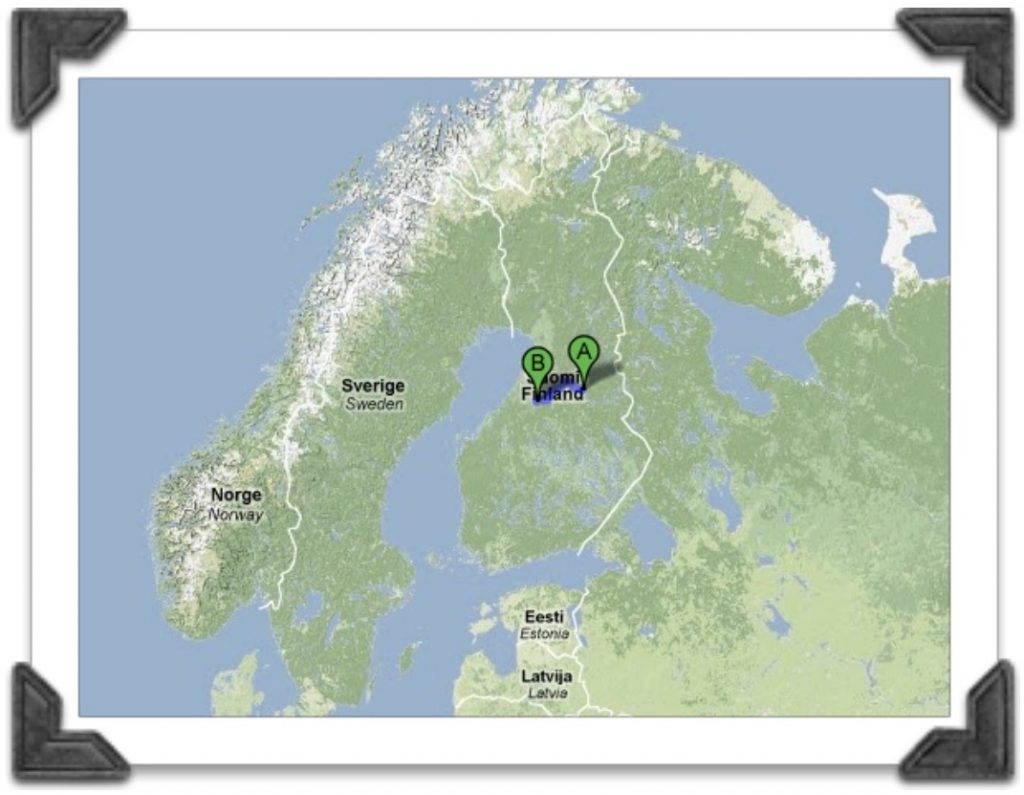
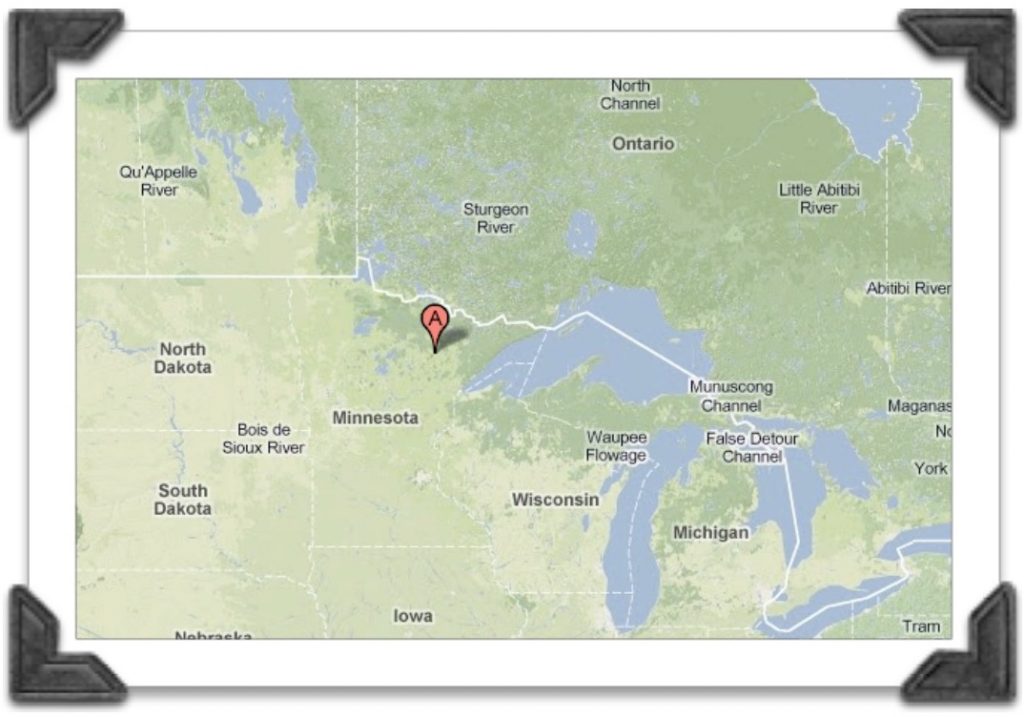
The Iron Range, MN
William and Katri settled in the Iron Range, otherwise known as the Mesabi Range, which is the largest iron ore deposit in the world. It is now an historic landmark and as it says in the National Register of Historic Places Inventory-Nomination: Mountain Iron Mine, “Minnesota steel was a significant factor in the decisive role this country played in the two World Wars.”)
Many early settlers in the area were Finnish. William and Katri were the next generation after the first pioneers, but the book, Mesabi Pioneers, is still worth reading. The author did a great job bringing to life what it was like back then, being a pioneer in northern Minnesota. It was a diverse community of immigrants and these people had a lot of strength and determination. You may think historical fiction has to be boring and dry, but it doesn’t! This book is really quite an enjoyable read. Get the book here. They made this great video about the book that has many magnificent old pictures!
Here is a picture of what it would have looked like when William arrived:
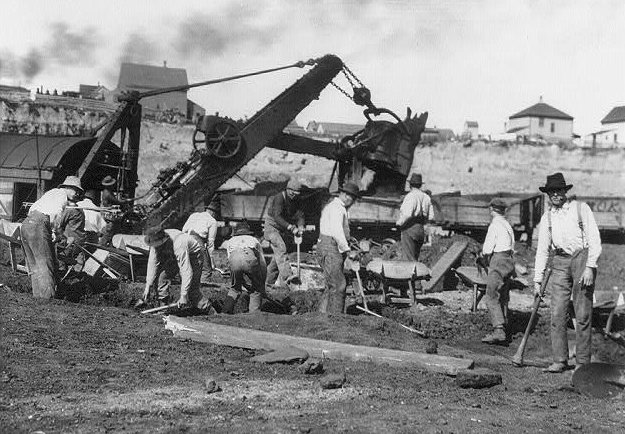
Chisholm
First a lumber camp and then a mining community in the 1890s, Chisholm was first incorporated as a village in 1901. Then there was a devastating fire in 1908 and only a few buildings survived. They re-built the town in the next year.
Let’s look at images of historic Chisholm. We do not usually think of northern Minnesota as the Old West, but Chisholm was that same sort of rough and tumble boomtown with lots of young single Finnish men, working in the mines and lumber camps, living in boarding houses. And then there was a lot of drinking and carousing. What an interesting time and place!
There are some great old images in Hans R. Wasastjerna’s History of the Finns in Minnesota – don’t you love these?!
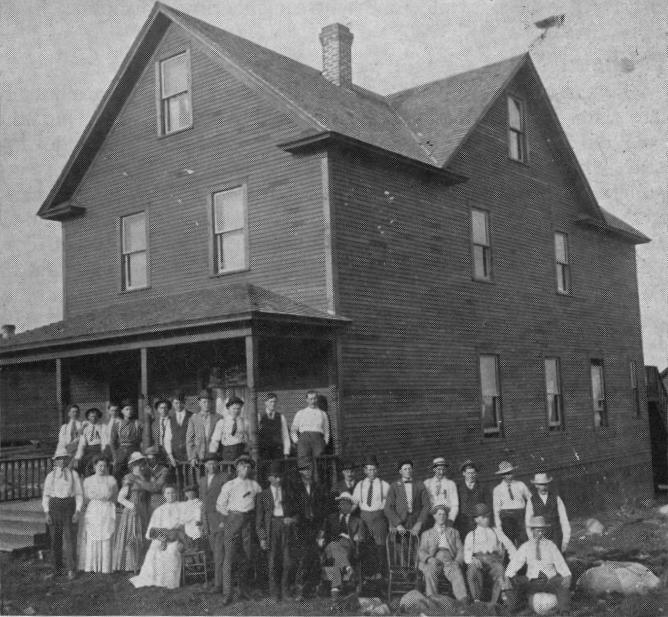
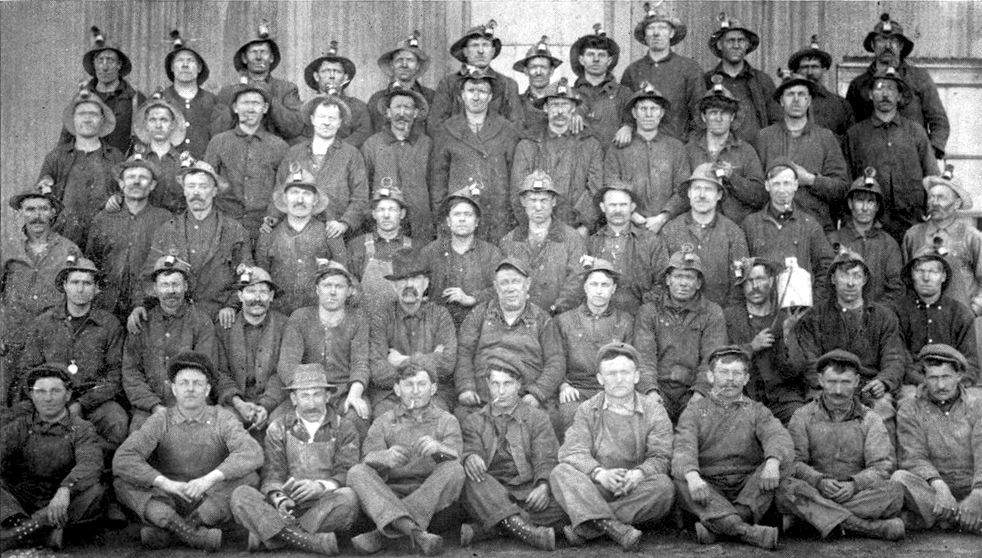
The Laitala Farm
William and Katri first bought the house on 310 West Hickory in 1913. Supposedly Ate was squatting on the land where the farm would be. William and Katri bought the farm in pieces over time. They moved from the house on Hickory out to the farm in 1919 and sold the house on Hickory in 1922. Their son Edward bought the farm in 1951. It has stayed in the family to this day.
Over the years, a lot has happened and then again, not so much has changed. Many of the buildings have stood the test of time. Sadly, the house burned down in 1977 and some of the buildings are succumbing gracefully to gravity . . .
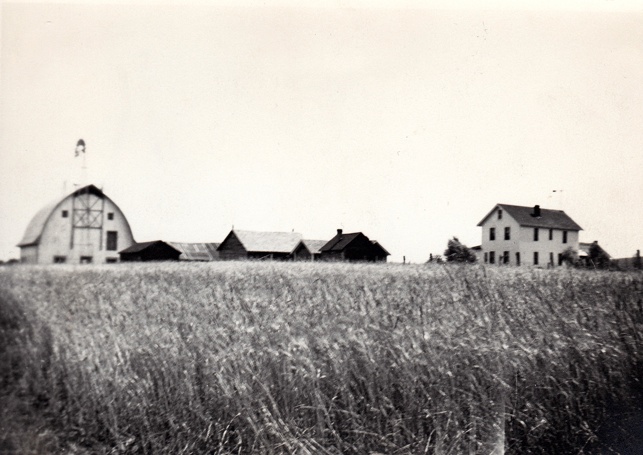
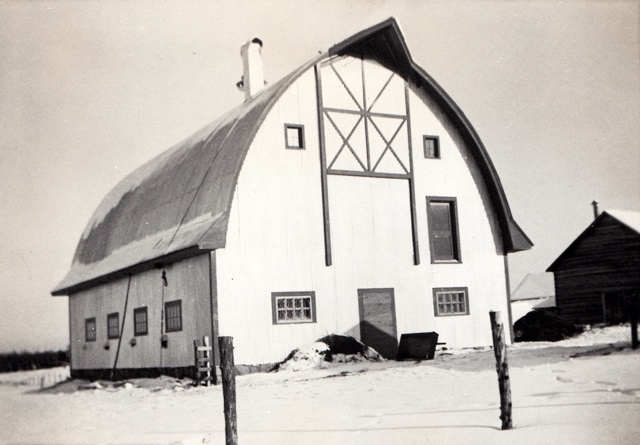
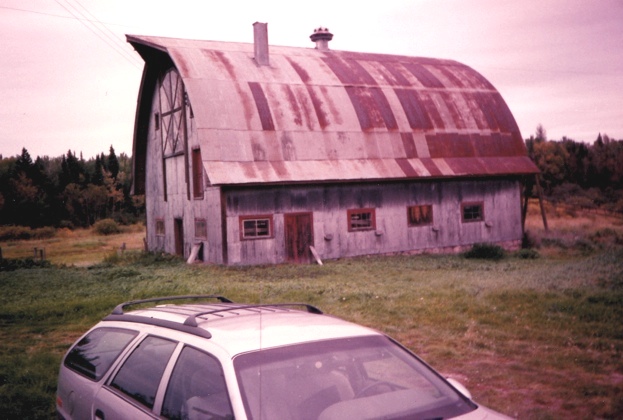
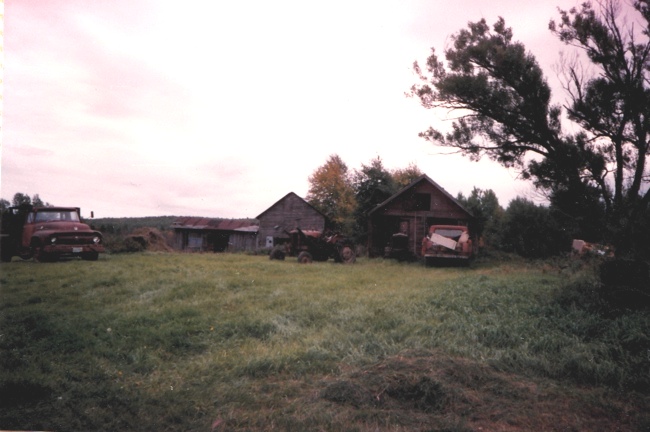
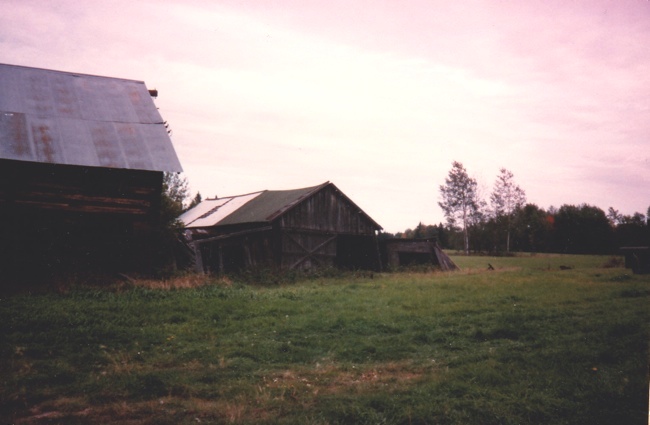
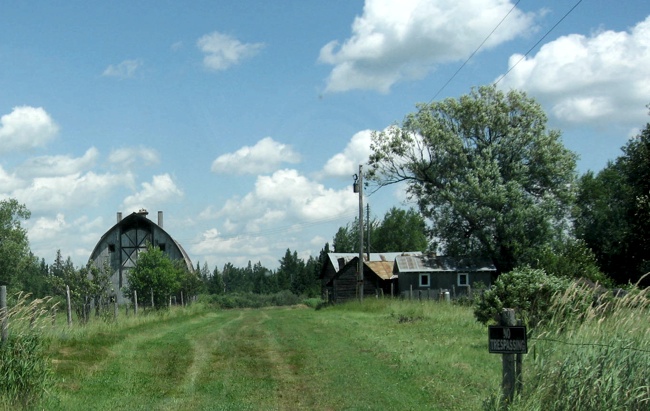
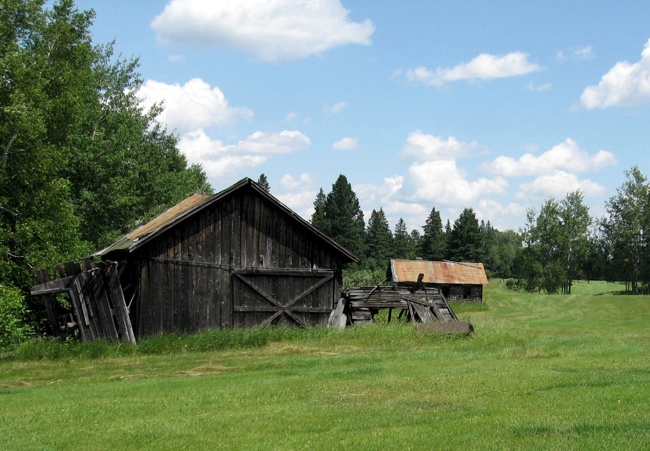
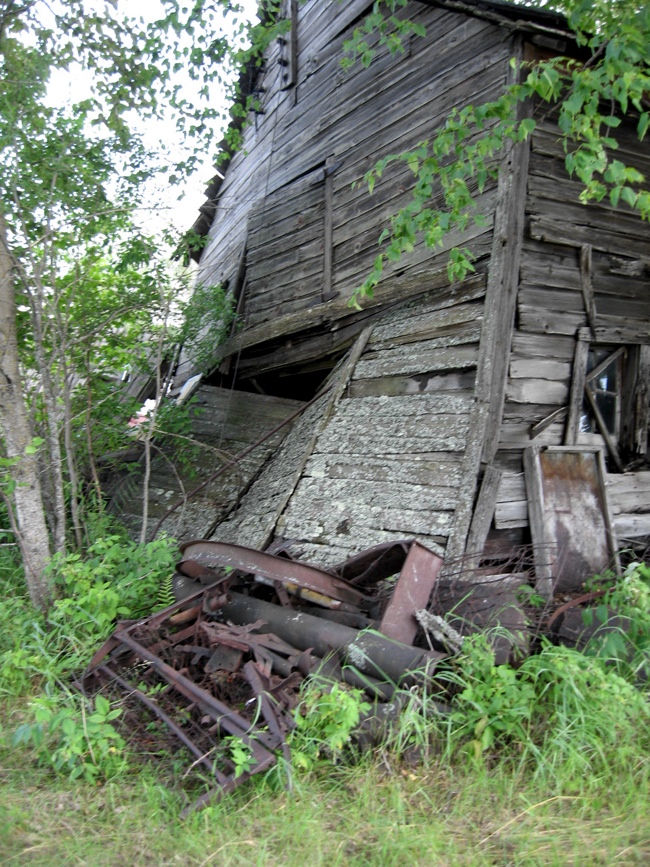
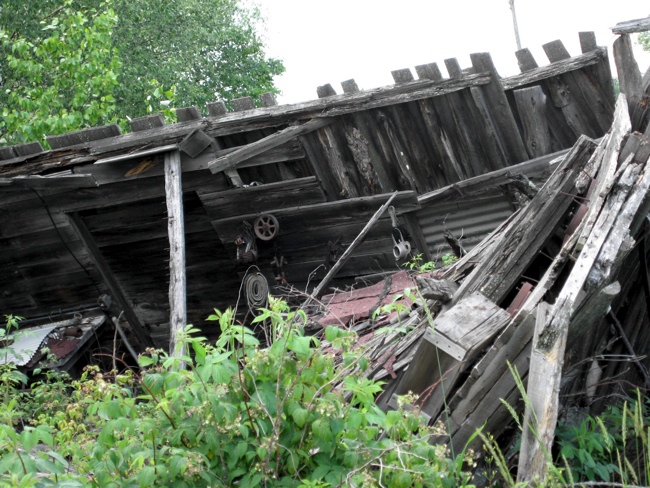
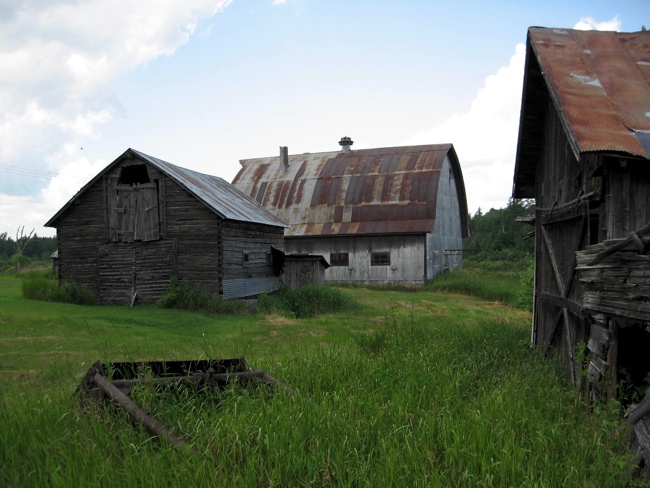

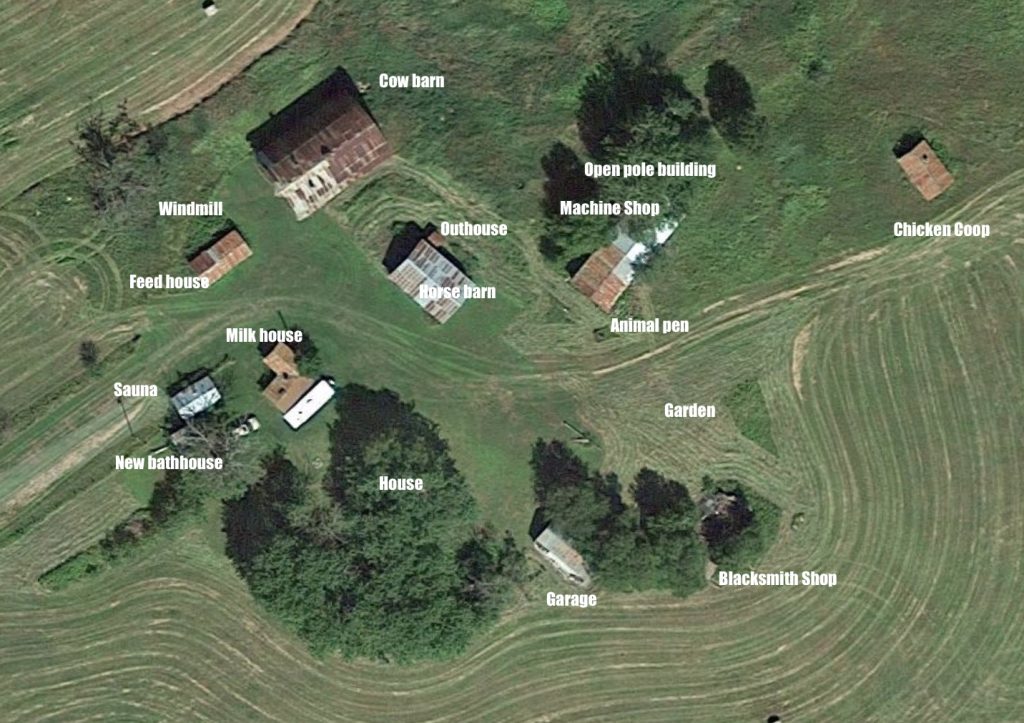
The Cabin on Sturgeon Lake
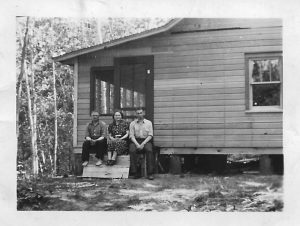
Adolph (Ate) Kempainen bought the land in 1939 for $187.50. Edward Laitala bought the cabin from him in 1963 for $2000. It was sold in 1987.
I have fond memories of going to this cabin when I was little and of course there was a sauna house at the edge of the lake. Supposedly, grandpa liked it very hot.

Kettle River, MN
Sulo and Gerturde lived here with their young family for a few years. There is an historical marker in memory of the Finnish pioneers!
And a Finnish church from 1915!
Did you know Kettle River was originally called Finland? There were a lot of Finnish settlers here.
The church was built in 1915. Then they had a terrible fire in 1918. Over 450 people died, with fifteen hundred square miles consumed. (More on the fire here.) But the church was spared! There is some interesting information about the church building in this National Register of Historic Places Registration Form. The builders were Kaipainens, which is one of our family names – they could have been cousins. I need to do more digging on that.
Where did they live? They lived northwest of town.
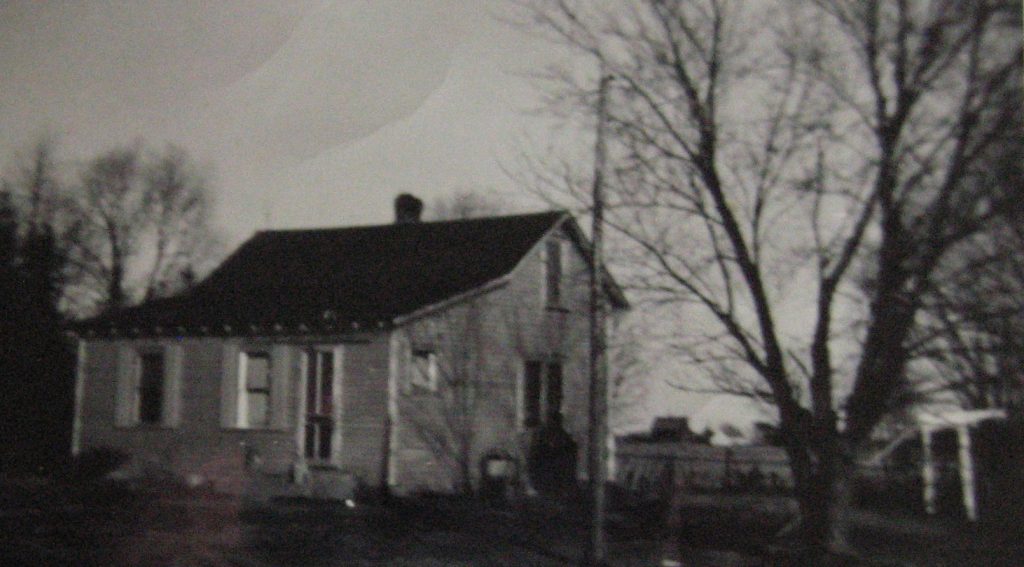
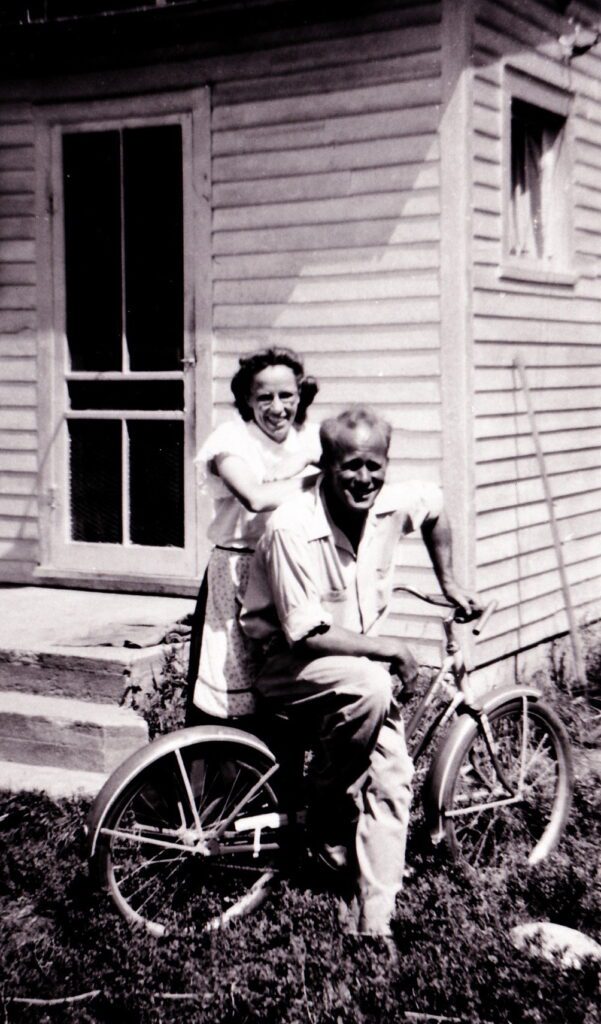

Lastly, here is some information on the first settlers in the area: Reminiscences of the History of Kalevala District
There are some names in there that could be cousins as well. More digging to do!



